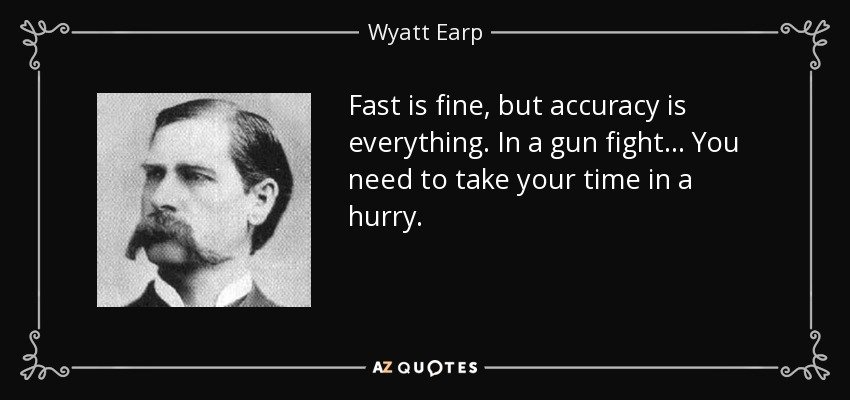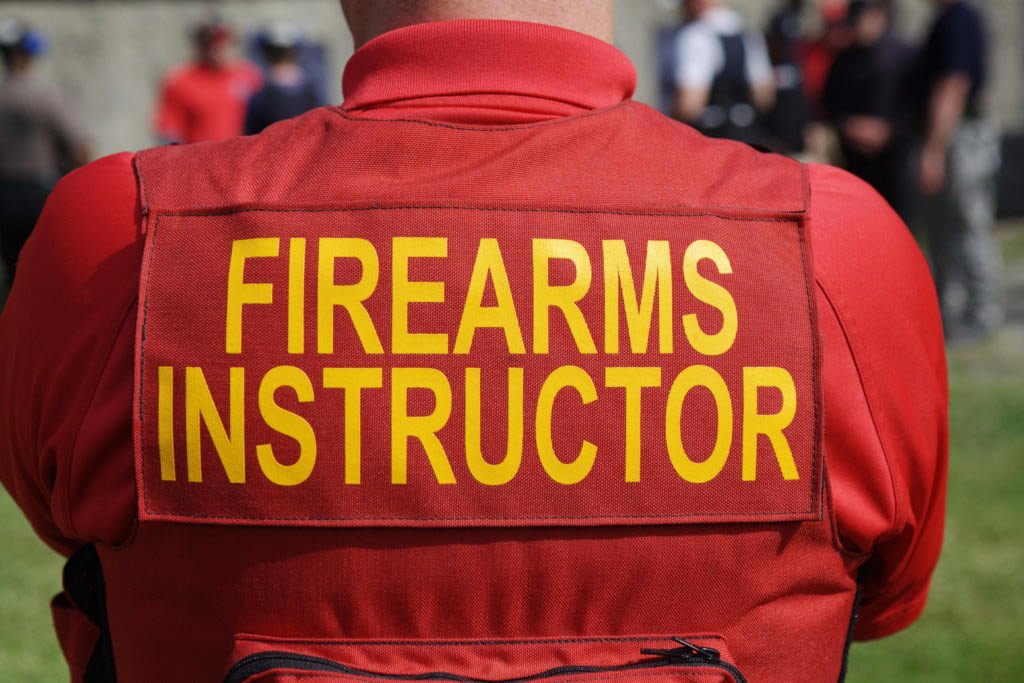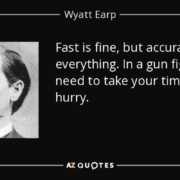
OSS Tactical Firearms Training
When and if you need to draw your weapon in self defense, are you prepared? Can you draw and present your weapon in a timely and efficient manner? How and where you choose to carry concealed will be a determining factor in how quickly and efficiently you are able to draw your weapon. Most importantly, have you trained enough to be proficient and do you have conscious competency?
I believe that “slow is smooth and smooth is fast”. In order to become smooth and fast, you must practice. I have heard that “practice makes perfect”. I argue that “perfect practice makes perfect”. If you practice a bad technique, you are doing a disservice to yourself and creating a training scar. If you have to draw your weapon, milli-seconds count and you need to be as quick as possible. The goal is to orient your weapon on your threat area as quickly as possible so that you can stop the threat as quickly as possible. If you fumble for your weapon or have a sloppy and inefficient draw, you are losing time that could save your life. If you are slower than your adversary, you lose!
Depending on where you choose to carry will dictate the process of your draw. You must break down each movement of the draw so that you can practice effectively. My choice is to carry outside the waistband on my strong side. This is the most natural and comfortable location for me. Remember that the shortest distance between two points is a straight line. When carrying on the strong side, I think of a 90-degree movement to get my weapon on point. Simply coming straight up out of the holster and then a 90-degree movement bringing the muzzle of my weapon on the threat area. There is a little more to that technique but I will not make it available in this article. Some people take less time getting the weapon on point because they have excess movement such as casting or bowling techniques in the draw. No matter where you choose to carry, practice efficiency and economy of motion to ensure you minimize the amount of movement and time it takes to get your weapon on point.
The ability to draw your weapon in a smooth and quick manner only comes through time and practice. If you read my articles on a regular basis, you know that I am a firm believer in training and dry fire practice. Your ability is based on your skill set which is determined by the amount of training and practice you are willing to put in. If you fail to plan, you plan to fail! If you are not able to draw your weapon in a quick and smooth manner, how can you possibly win the fight! You have to get your weapon on point before you can press the trigger to stop the threat. Remember that during a lethal force encounter, physiological things happen that you have no control over. You are in fight or flight mode and your lizard brain takes over. If you have not trained well, you will not perform well.
Stand up for your rights and get involved. The battle for our guns is real and silence is consent. Red Flag laws have been passed by Columbia, SC. These laws are in direct violation of Section 23-31-510 of the South Carolina Code of Laws that state “No governing body of any county, municipality, or other political subdivision in this State may enact or promulgate any regulation or ordinance which regulates or attempts to regulate the transfer, ownership, possession, carrying, or transportation of firearms, or any combination of these things”.
S.C. Attorney General Alan Wilson sent Columbia Mayor Steve Benjamin a letter calling for the City of Columbia to repeal a pair of ordinances related to guns.
“In an effort to uphold the rule of law and to ensure the protection of taxpayers, this office strongly urges that these ordinances be repealed,” Wilson wrote Tuesday. “The ordinances not only undermine state law, but undercut the Second Amendment. They are an open invitation to costly litigation for which the municipal taxpayers must pay.”




 This is a chart that shows common shooting errors while shooting. This chart is designed for a right handed shooter. A left handed shooter would simply reverse the diagnosis shown on this chart. While the chart shows the most common reasons a shooter would have shot placements in these areas, it is sometimes difficult to relate this to the shooter. The chart is not an automatic solution to shooting errors. There are shooter induced actions that can be misinterpreted and then frustration can set in when attempting to correct the issue. A qualified and competent instructor can see things that others with less experience cannot and provide you with more insight to reduce shooter error.
This is a chart that shows common shooting errors while shooting. This chart is designed for a right handed shooter. A left handed shooter would simply reverse the diagnosis shown on this chart. While the chart shows the most common reasons a shooter would have shot placements in these areas, it is sometimes difficult to relate this to the shooter. The chart is not an automatic solution to shooting errors. There are shooter induced actions that can be misinterpreted and then frustration can set in when attempting to correct the issue. A qualified and competent instructor can see things that others with less experience cannot and provide you with more insight to reduce shooter error.
 Everyone should strive to enhance their knowledge base in order to become wiser and more proficient. We do this by seeking out knowledge we either do not have or wish to enhance and build upon. We read articles, seek out videos and any other means available to us.
Everyone should strive to enhance their knowledge base in order to become wiser and more proficient. We do this by seeking out knowledge we either do not have or wish to enhance and build upon. We read articles, seek out videos and any other means available to us. The military and law enforcement are taught to shoot center mass of the target. There are numerous reasons for aiming center mass. Most importantly, it provides the largest area to aim at and gives the shooter the best chance of striking the target area in order to stop the threat. Where is a non-lethal area on a person that would allow me to shoot to wound? Most likely, it would be an extremity. Major arteries are in our arms and legs. What happens if I was successful in shooting an extremity in an attempt to shoot to wound but struck a major artery, causing death? With all of the physiological changes that occur in a lethal force encounter, trying to hit a smaller target becomes even more difficult, if not impossible.
The military and law enforcement are taught to shoot center mass of the target. There are numerous reasons for aiming center mass. Most importantly, it provides the largest area to aim at and gives the shooter the best chance of striking the target area in order to stop the threat. Where is a non-lethal area on a person that would allow me to shoot to wound? Most likely, it would be an extremity. Major arteries are in our arms and legs. What happens if I was successful in shooting an extremity in an attempt to shoot to wound but struck a major artery, causing death? With all of the physiological changes that occur in a lethal force encounter, trying to hit a smaller target becomes even more difficult, if not impossible.
